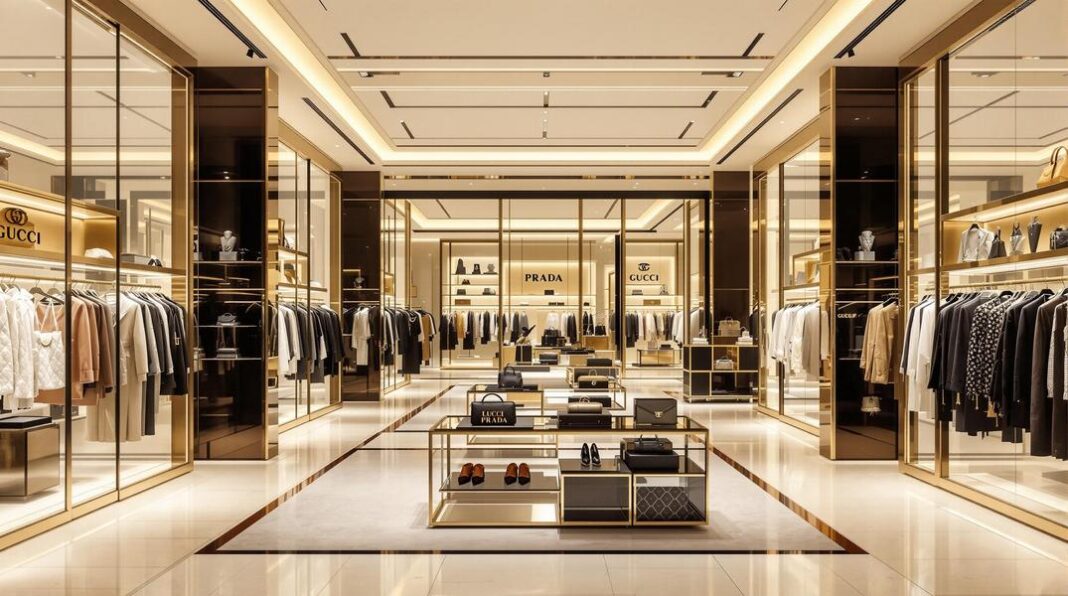Luxury Market Faces Growth Slowdown Despite Price Hikes
The luxury goods industry’s growth is cooling off significantly after years of robust expansion. Despite experiencing a 5% compound annual growth rate from 2019 to 2023, more than 80% of that growth came from price increases rather than volume increases.
Industry analysts now predict the global luxury market will grow at just 1% to 3% annually from 2024 to 2027, marking a substantial slowdown. This transition comes as markets reach saturation points and consumers become more selective about their luxury purchases.
Regional Disparities Reshape the Landscape
The U.S. luxury market is expected to outperform both Europe and China in the coming years, though growth remains modest across all major markets. Meanwhile, emerging luxury hubs in India and the Middle East continue to show more promising expansion.
Europe’s luxury fashion sector specifically is projected to reach USD 85.34 billion by 2030, growing at a compound annual growth rate of 2.16% from 2024 to 2030. This growth is being driven by technological innovations like augmented reality and the rising number of high-net-worth individuals.
Evolving Consumer Preferences
By 2025, the luxury market will be shaped by several key trends including hyper-personalization, sustainability initiatives, and technology-driven experiences. Today’s luxury consumers increasingly seek authenticity and personalized digital interactions.
Younger consumers in particular are shifting away from traditional luxury goods, prioritizing experiences and mindful consumption. This generational attitude shift is forcing established brands to reconsider their approach to product development and marketing.
Brand Performance Varies Widely
Major luxury houses are experiencing divergent fortunes in this challenging environment. While some brands like Gucci face stagnant demand and creative upheaval, others such as Ralph Lauren have found success through direct-to-consumer sales strategies and careful brand positioning.
The secondhand luxury market continues to gain momentum, creating both challenges and opportunities for established brands. Buy-now-pay-later options are also influencing purchasing patterns across the industry.
Strategic Imperatives for Future Growth
Industry experts emphasize that luxury brands must rethink their strategies to secure future growth. This includes renewed focus on creativity, building personal connections with clients, and implementing tech-enabled execution methods.
Social media platforms, particularly TikTok, are increasingly influential in shaping consumer preferences toward niche brands and conscious consumption. Brands that successfully navigate these digital spaces while maintaining exclusivity stand to gain market share.
“The luxury industry is at an inflection point,” noted one industry analyst. “Those who can balance tradition with innovation, exclusivity with accessibility, and heritage with sustainability will define the next era of luxury commerce.”


